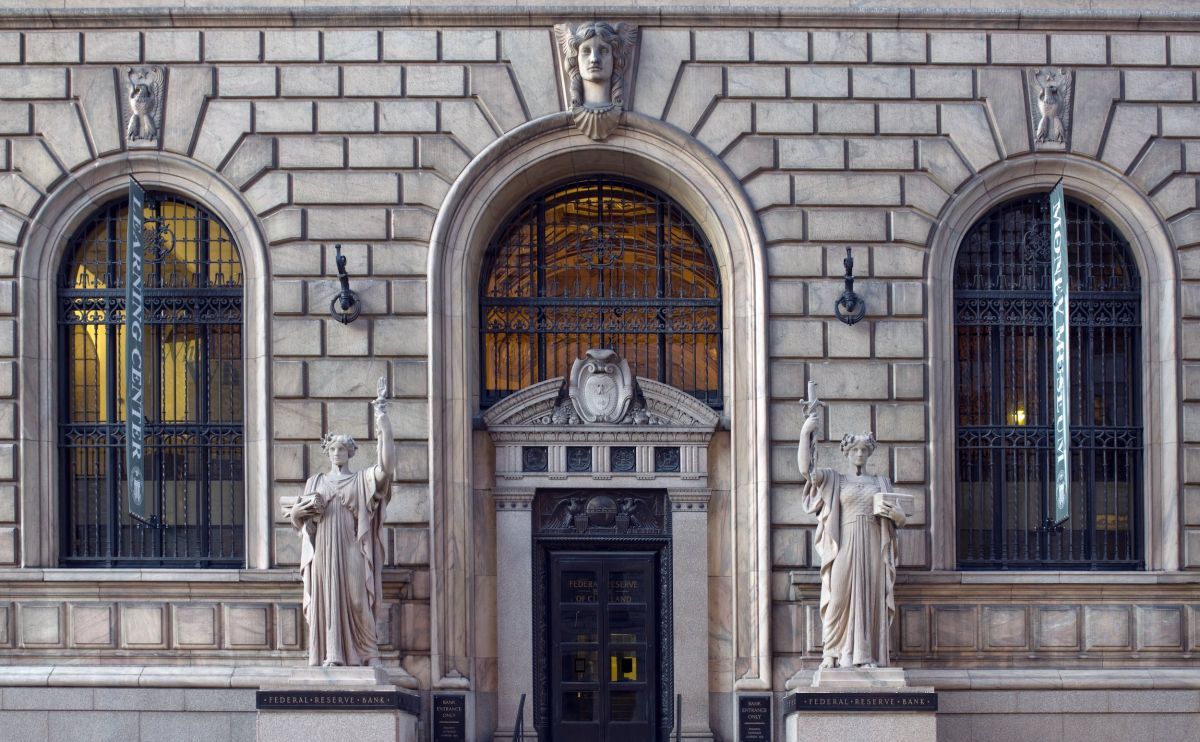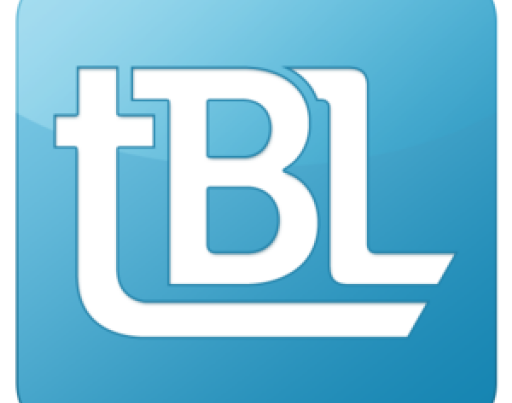This post originally appeared on Marketplace Advertiser, Reonomy and is republished with permission. Find out how to syndicate your content with theBrokerList.
In this article, we’ll look at the different types of commercial real estate loans. We’ll describe each loan type, who uses them, typical terms and rates, and then look at the commercial lenders that provide them.
Types of Commercial Real Estate Loans
For the following professionals, understanding the commercial loan process is vitally important:
- An investor seeking a new loan for an existing property.
- A developer seeking a loan for an upcoming project.
- A mortgage broker trying to find the right loan for a client.
- A commercial lender of any kind.
In general, commercial real estate loan types can be broken out into three broad categories—loans for investment, loans for development, and loans for businesses.
To cut through some of the complexities of the lending process, and to aid in your property debt research, we’ll look at six different loan types, including new loans and refinance loans.
Conventional Commercial Mortgage Loans
What is a Conventional Commercial loan?
Conventional commercial loans are similar to what you’d get when purchasing a single-family home, but often with shorter terms.
A large portion of commercial real estate investors still purchase property using traditional, fixed-rate mortgages.
Conventional Commercial Loan Terms
Lenders typically require a 25% down payment (minimum) in exchange for a fixed-rate mortgage ranging from 5 to 30 years.
While home loans can last 20-30 years in a lot of cases, commercial mortgages will more often fall in the 5-10 year-term range.
Lenders will order an appraisal to confirm the value of the property, and will want to see a copy of the financials to determine whether the existing rents can support the debt service.
Who uses Conventional Commercial Loans?
Traditional, fixed-rate mortgages are more frequently used by investors looking to buy an existing, occupied asset with positive cash flow.
Investors have to have good credit (700+), but in return, are able to access low-cost capital relative to the other loan products available to investors.
Conventional Commercial Loan Lenders
Most of the big American banks offer conventional commercial mortgages.
From JPMorgan Chase, to Wells Fargo, Capital One, Bank of America and so on, you can usually turn your local big bank for a conventional home or commercial loan.
➤ “Lender from TD Bank Turns Days of Work to Minutes”
Lenders might also include other large entities like insurance companies or property investment firms—MetLife and Prudential serving as prominent examples there.
For a list of commercial lenders of all types, you can visit Scotsman Guide’s lengthy lender directory.
Commercial Bridge Loans
What is a Commercial Bridge Loan?
A commercial bridge loan is a source of short-term capital that is often used for debt service until an owner improves, refinances, leases, sells or otherwise completes a property transaction.
For instance, a commercial bridge loan may be used by an investor that has a balloon payment coming due.
The bridge loan may be used to fund the balloon payment before refinancing into a more traditional commercial loan.
Commercial Bridge Loan Terms
The short-term nature of these loans means that they come with a higher interest rate than a permanent commercial mortgage loan.
Generally, commercial bridge loans are intended to provide 6-12 months’ worth of financing before repayment is due.
The interest rate tends to be 50 to 200 basis points higher than a traditional, fixed-rate mortgage – though the interest rate will fluctuate depending on the nature of the deal.
An example of when you might use a commercial bridge loan:
Let’s say you’re under agreement on a 200-unit apartment building that is running at a 30% vacancy rate.

You have an option on the property for $10 million, but your team believes that $2 million worth of upgrades could increase the property’s value to $18 million.
Those renovations will take six to eight months to finish, after which time you should be able to raise rents.
In this situation, you might use a commercial bridge loan worth $12 million to fund the acquisition and improvements. After you complete the renovations, you’d refinance the property into a traditional fixed-rate mortgage.
A 75% loan-to-value mortgage on a property valued at $18 million would be $13.5 million.
At this point, you’d easily be able to pay off the commercial bridge loan, and increased rents would cover the debt service on the new $13.5 million mortgage.
Commercial Bridge Loan Lenders
Lenders for commercial bridge loans are a bit harder to come by compared to conventional loans, and will usually be offered by companies with more robust capital solutions.
Nationwide examples include Century Capital Partners, Avatar Financial Group, Silver Arch Capital Partners, and Money360.
Commercial Hard Money Loans
What is a Commercial Hard Money Loan?
Hard money loans are an alternative form of capital, provided outside of traditional lending channels, either by individuals or companies.
Hard money loans are secured by using commercial real estate as collateral. They’re a source of short-term capital, referred to by Investopedia as a loan of “last resort.”
These loans are used by individuals who need to move quickly in order to purchase, refinance or renovate a property. Hard money loans tend to have lower underwriting standards, but in exchange, have quick turnaround times.
Hard money lenders have a bigger focus on the value and equity of a property rather than the creditworthiness of the borrower.
Unlike traditional or bridge loans, hard money loans are not subject to the same regulations that apply to financial institutions.
As such, the proceeds can be used for a wider variety of purposes without significant scrutiny.
Commercial Hard Money Loan Terms
Hard money loans tend to be used in high-risk situations, or in situations where traditional financing is not an option. Therefore, they tend to be one of the higher-cost forms of capital with interest rates typically ranging between 10% and 20%.
While not appropriate for every situation, hard money loans can be a good source of short-term capital when real estate investors need to move quickly or with a great deal of flexibility.
To put it in perspective, it may take a bank 30 to 60 days to approve and fund a traditional commercial real estate loan whereas a hard money lender may be able to release funds within a week.
Commercial Hard Money Loan Lenders
Commercial hard money lenders include many of the same lenders offering commercial bridge loans across the country.
Examples of nationwide hard money lenders include LendTerra, Prescient Capital, Ajax Funding, and Pender Capital. See some more examples here.
SBA 7(a) Loans
What is an SBA 7(a) Loan?
There are two types of SBA loans that are generally of interest to commercial real estate investors: SBA 7(a) loans and SBA 504 loans. These loan types are those that are backed by the Small Business Administration (SBA).
Both are beneficial new and existing businesses looking to purchase or refinance owner-occupied commercial real estate (more on that later).
SBA 7(a) loans are the most common type of SBA loan. They’re used to help business purchase or refinance owner-occupied commercial properties up to $5 million.
SBA 7(a) loans are often used for working capital, but can also be used to purchase commercial real estate.
SBA 7(a) Loan Terms
Generally, in order to qualify for an SBA 7(a) loan, the owner must put down at least 10% of the purchase price.
He or she must have a credit score of at least 680 and have been in business for at least three years. Loans are often amortized over a 10-25 year period at interest rates ranging from 5% to 8.75%.
The property must be at least 51% owner-occupied, which means a real estate investor can use this for his own business as well as a property in which he has other tenants as well, as long as his space accounts for more than half of the total square footage.
SBA 7(a) Loan Lenders
Many American big banks are also providers of both SBA 7(a) and SBA 504 loans. Wells Fargo, TD Bank, US Bank, JPMorgan Chase, and so on again serve as examples here.
SBA 504 Loans
What is an SBA 504 Loan?
SBA 504 Loans are similar to the SBA loans described above, except the SBA does not have a maximum loan amount.
These loans can be used for up to 90% of the purchase price of commercial real estate, regardless of the size of the deal.
SBA 504 Loan Terms
Loan terms are typically 20 years when used to purchase commercial real estate (10 years for equipment purchases), and have interest rates between 3.5% and 5%. As was the case above, the owner must occupy at least 51% of the property to qualify for an SBA 504 loan.
SBA 504 Loan Lenders
SBA lenders are the same whether a borrower is apart of the 7(a) program or the 504 program. See SBA lenders above.
Commercial Mezzanine Loans
What is a Mezzanine Loan?
Mezzanine financing is often used to fill the “middle” of a capital stack. It can be structured in a number of ways, with both debt and equity.
For instance, it can take the form of junior debt – such as a second mortgage on the property. It can also be structured as preferred equity, convertible debt or participating debt.
Let’s look at each of those in more detail:
Junior debt is typically used as a second source of capital, repaid only after a senior loan is repaid in full. Junior debt can be used for both acquisitions and development projects.
Preferred equity is an equity investment in the property-owning entity with a fixed, preferential return that is paid ahead of distributions to the “common” equity interests in the deal. Preferred equity is often used in joint-venture situations, where investors get a more secured position relative to the equity but a higher yield for being subordinate to the senior loan on the property.
Convertible debt, as its name implies, is a form of debt that can be converted into common equity at specific terms.
Participating debt is a form of capital whereby the investor(s) will receive interest payments and will share in part of the revenue generated by a commercial property above a specified level – including both rental income and sales proceeds. Participating debt is often used to finance commercial properties (usually, office and retail) that have well-known, financially stable tenants with long-term leases.
In all cases, mezzanine financing is subordinate to senior debt, such as a traditional mortgage on the property.
Typically, mezzanine financing is not secured by the property but rather the equity the owner holds in the property.
In terms of the capital stack, mezzanine debt tends to be a riskier position than the senior mortgage debt secured by the property, and therefore, the cost of mezzanine capital tends to be higher than a traditional commercial real estate loan.
Commercial Mezzanine Loan Lenders
You can turn to the Commercial Mortgage Alert’s lengthy list of lenders that actively provide mezzanine financing on commercial properties.
Examples include Apollo Global, Barings Real Estate, and Goldman Sachs.
As you can see, there are a number of commercial real estate loan products available to real estate investors.
It’s important to find a lender that is adept with various programs to ensure you find the most appropriate (and lowest cost!) of capital.



